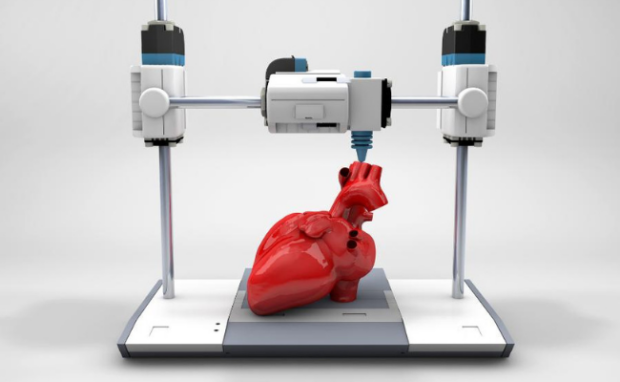Chinese 3D-printed toilet ensures nothing sticks
Huazhong University of Science and Technology scientists used 3D printing to revolutionize toilets. Yike Li and his colleagues created a model toilet using their proprietary “abrasion-resistant super-slippery flush toilet (ARSFT) that ensures no substance sticks. As a result, it could become a more eco-friendly alternative to latrines worldwide.
It may seem strange for scientists to innovate on toilet technology, but we should not let it go to waste (pun not intended). I’ve mentioned in other articles that the seemingly mundane experiments usually have the largest global impact. This Chinese toilet could significantly reduce waste and conserve water to save the environment.
This article will discuss the latest Chinese toilet research from Huazhong University. Then, I will elaborate on 3D printing and its applications.
How does the Chinese toilet work?
Research update website New Scientist said Yike Li and his team created the Chinese toilet by 3D printing a “mixture of plastic and hydrophobic sand grains. They used a laser to merge the particles together to create a complex model.
Then, they lubricated the surface with silicon oil, which penetrated below the surface because of the toilet’s structure. The team called the finished product the “abrasion-resistant super-slippery flush toilet (ARSFT),” which enables the following materials to flow without leaving skid marks:
- Milk
- Yogurt
- Highly sticky honey
- Muddy water
- Starch gel mixed with congee
Li and his team also tested the model with synthetic feces using a recipe from the University of KwaZulu-Natal in South Africa. Daily Mail says it’s a mixture of miso, yeast, peanut oil, and water that mimics human excrement.
Yahoo Finance said ARSFT resists damage even after undergoing 1,000 abrasion cycles with sandpaper and a Stanley knife. The 3D-printed Chinese toilet retains “its record-breaking super-slippery capability.”
You may also like: South Korean turns waste into digital currency
Daily Mail reported on this unique Chinese research. Huazhong University of Science and Technology said, “Developing a new method for the flushing toilet to minimize water consumption is of great importance.”
“Since its invention in the eighteenth century, flushing toilets have provided human society with considerable convenience and health. However, plenty of water is required in the flushing toilets due to the unavoidable adhesions between toilet surfaces and human feces as well as urines.”
“Globally, toilet flushing alone consumes more than 141 billion liters of water per day, which is six times the African population’s entire water consumption. Additionally, ARSFT can also serve a crucial purpose in public restrooms, particularly in situations where the existing facilities lack the capability to connect excreta to city sewage treatment systems.
What are the applications of 3D printing?

Photo Credit: futurelearn.com
We’ve seen Chinese scientists create super non-stick toilets with 3D printing, but what is it? It is a way of building solid models by stacking layers of a specific material.
For example, fused filament fabrication layers molten polymer or plastic to create a keychain, toy, or other small object. Nowadays, it has numerous applications.
For example, NASA used 3D printing to create a simulated environment for astronauts bound for Mars. Believe it or not, the space agency aims to use it for constructing interstellar settlements.
It expects this method will remove the need to launch additional building materials on multiple flights. Moreover, Stanford scientist Mark Skylar-Scott and his colleagues 3D printed a human heart.
You may also like: Threads app lost nearly half its users
They used living stem cells, which the body uses to produce specialized ones. The researchers applied a special formula to turn those into organ cells for 3D printing.
“We take millions of those and condense them into a human stem cell mayonnaise that we can then print through the printer,” Skylar-Scott said. Soon, we might be able to save millions by printing organs instead of waiting for donors.
Lastly, the Shap-E tool merges generative artificial intelligence with 3D printing. It works like ChatGPT, but it creates 3D models instead of text.
Conclusion
Huazhong University researchers used 3D printing to create a toilet that lets any substance flow on it. As a result, it could save tons of water worldwide from toilet flushing.
Yahoo Finance says that’s equivalent to 141 billion liters of water daily. However, Daily Mail says the scientists haven’t disclosed how much the Chinese toilet would cost consumers.
Inquirer Tech has other wacky yet amazing scientific updates, such as this about self-repairing clothes. Also, it shares other tips and trends regarding artificial intelligence, apps, and more.